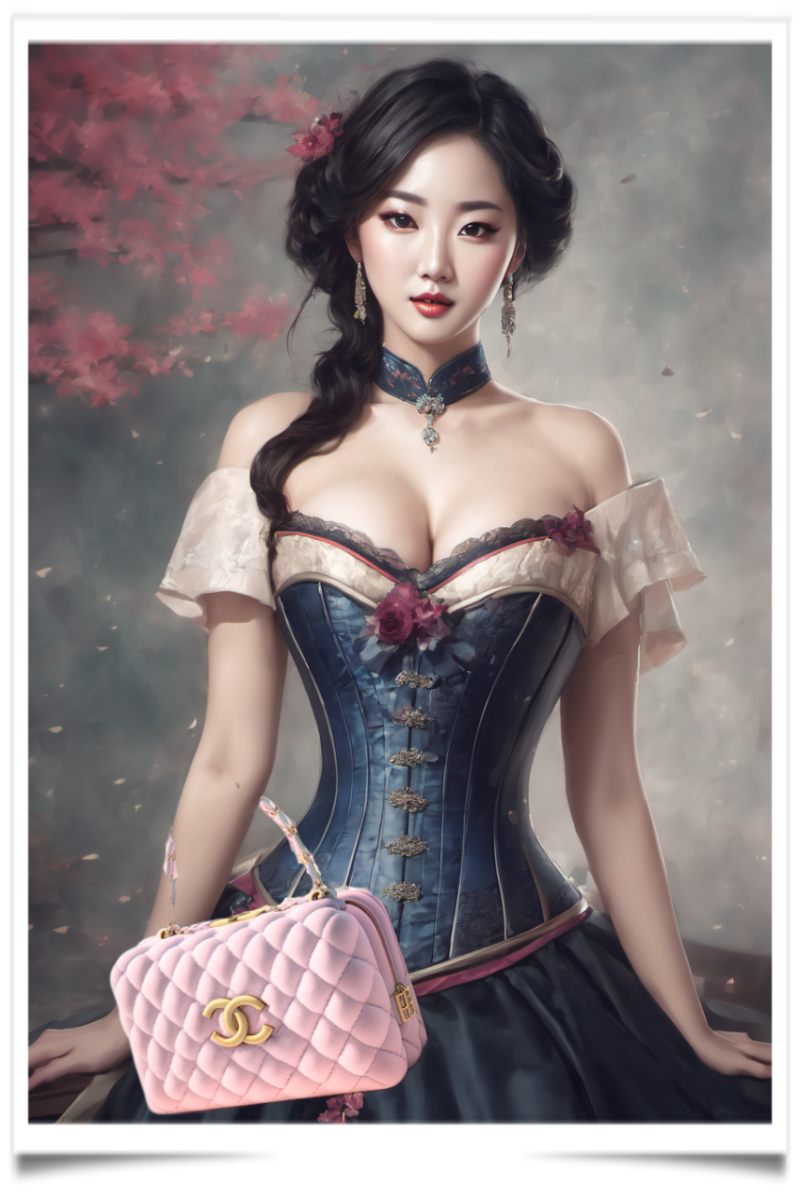 Artificial Intelligence does not stop its expansion, and in fashion, the word intelligence is certainly badly used: creation of images, writing of texts, generation of music… This is a simple reuse of existing or real artistic creations. The question divides the profession and raises questions about the future of creators who are now in dire straits.
Artificial Intelligence does not stop its expansion, and in fashion, the word intelligence is certainly badly used: creation of images, writing of texts, generation of music… This is a simple reuse of existing or real artistic creations. The question divides the profession and raises questions about the future of creators who are now in dire straits.
The fields of intervention of AI in the image sector are expanding more and more every day. It is possible to create your logo, your visual identity, your photographs and videos like “Jacques muse-muse”, to manipulate the consumer. The promise is to generate the design with little effort, which helps many designers like Rous-tintin and many others who do not know how to draw or make a pattern or dress worthy of the name with their hands.
Generative AI works on the principle of “machine learning”; technology based on experience acquired through the digestion of content from web databases. Thus, many artists are worried about the use of works in AI databases, because, in fact, many images have been retrieved from the internet for AI training and used without permission. consent of their Rights Holders. The lack of legal framework for the exploitation of these bases is a subject at the heart of numerous debates.
Creation is linked to the personal experience and culture of the creator as well as his emotions. It is often influenced by self-awareness and the capacity for self-reflection. Unlike AI, they can explore their own psyche and deeper motivations to find sources of creative inspiration, and creativity is also often associated with the ability to dream.
Artists can imagine alternative worlds like rule-breaking Marcel Duchamp, future situations and surreal ideas, which helps them design creative solutions. AIs, on the other hand, are limited to purely mathematical logic.
There are also exchanges with the client which are an important aspect of the fashion designer’s job. Indeed, apart from his creative role, he also has an advisory and supporting role in his thinking process. One of the biggest limitations of AI, and not the least, is that it cannot create from nothing. Humans can, with less than nothing, like at Paris Fashion Week, pretend to create.
One of the other limitations of AI is that it has its own definition of beauty, based on the elements it is given. Thus, it can produce visuals that are aesthetically pleasing, but it lacks the appreciation of beauty because this too changes over time. The profession of creator will be transformed over the years, as it was during the arrival of digital technology and DTP tools. He will not see it disappear, to say the least, but will gradually leave executive tasks aside, to concentrate on his creative mission and customer relations.
FM
